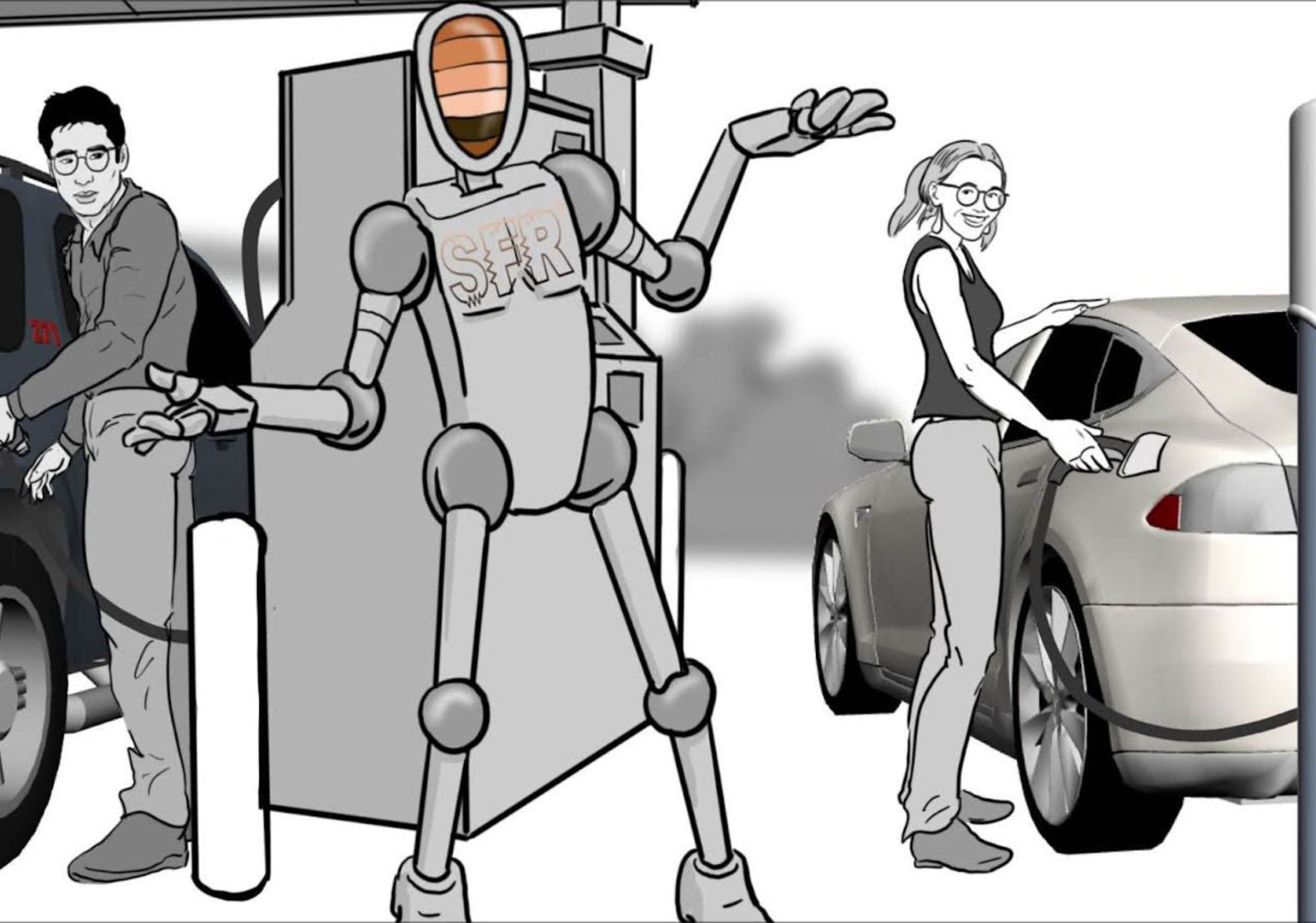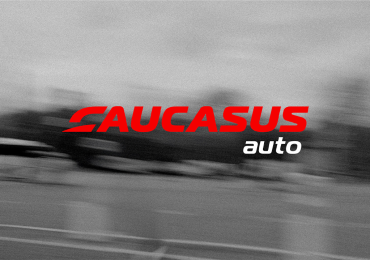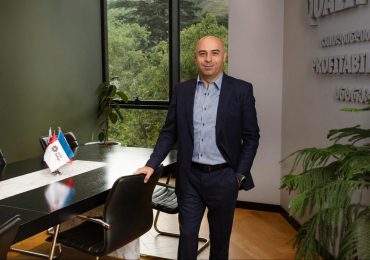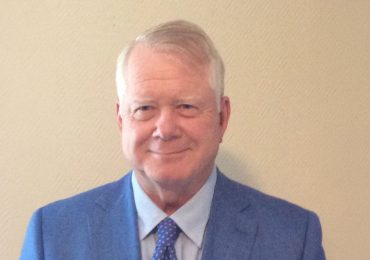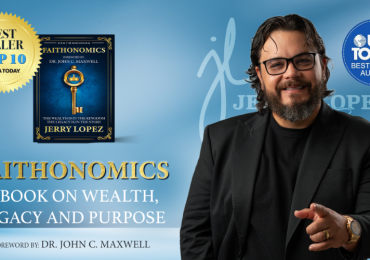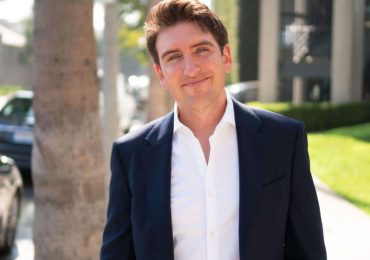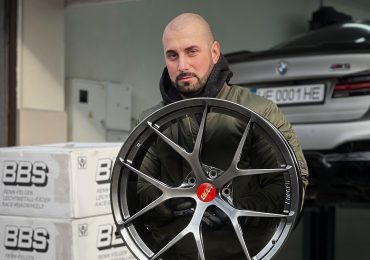Photo credit: Nikola Farad S.F.R.
In a quiet garage-turned-home-studio in the Midwest, a 30-year automotive mechanic has built something unexpected: a talking robot with a message designed to disrupt a trillion-dollar industry. Named Nikola Farad, the animated humanoid isn’t just a mascot — it’s part of a growing media campaign aimed at challenging the psychological grip of fossil fuels on American consumers.
“Nikola Farad is not a gimmick,” says Daniel Lee Williams, the robot’s creator. “He’s a messenger, someone — or something — that can speak honestly about what our cars are doing to the environment. And people listen differently when it comes from someone they don’t expect.”
That “someone” is a custom-designed robot who calls himself a Scientific Fact Robot (S.F.R.), equipped with hard data, a humanized design, and a voice that doesn’t yell — but doesn’t soften the message either. Williams’ vision is to license Nikola Farad to EV companies, sustainability groups, and content platforms as a national mascot for environmental consciousness — and to run powerful ad campaigns that accelerate electric vehicle (EV) adoption.
This comes at a time when the U.S. EV market, while growing, is confronting deep challenges: skepticism from consumers, economic hurdles, and misinformation around electric technology. A new, trusted voice — one backed by science and delivered with clarity — might be exactly what the industry needs.
EV Adoption is Rising, But Public Doubts Remain
Electric vehicle adoption in the United States is gaining momentum. According to the International Energy Agency, the U.S. hit a record of 1.2 million EVs sold in 2023, marking a 40% increase from 2022. EVs now make up over 8% of new car sales, with that number expected to rise to 20% by 2026, if federal targets are met.
Yet a recent J.D. Power report shows that concerns over charging infrastructure, cost, and battery life continue to deter a significant portion of potential buyers. Even with incentives and expanding vehicle options, more than 60% of U.S. consumers still say they are unlikely to consider an EV in their next vehicle purchase.
Williams sees this hesitation not just as a practical barrier, but as a failure of messaging. “People are buying gasoline like they’re buying bread — out of habit,” he says. “You can’t out-engineer that. You have to speak to the conscience.”
That’s where Nikola Farad comes in.
From Mechanic to Media Strategist
Williams spent three decades inside combustion engines. He repaired them, rebuilt them, lived in them. But his growing awareness of the environmental cost — and the industry’s slow response — led him to a different path. Using self-taught digital animation skills, he began crafting commercials featuring Nikola Farad: a humanoid robot whose shifting facial panels represent racial and ethnic diversity, and whose dialogue is scripted to combine emotion with fact.
So far, Williams has created five completed commercial concepts and is currently working on two more. He has copyrighted the character and is seeking licensing opportunities with EV brands, green tech companies, and advocacy organizations.
Unlike traditional advertisements focused on sleek car design or cost-saving features, Nikola Farad’s messages are blunt. One spot, still unreleased to the public, features the robot standing in a smog-covered cityscape, confronting drivers with the long-term consequences of tailpipe emissions. The visuals are compelling, the dialogue minimal.
This stripped-down style is intentional. “The data is already shocking,” Williams explains. “I don’t need to dramatize it. I just need people to hear it from someone they trust.”
Why the EV Industry Should Pay Attention
There are few figures in the sustainability space today that combine fact-driven messaging with high emotional impact. Environmental nonprofits like The Sierra Club and The Climate Reality Project produce effective campaigns — but many lack a singular figure consumers can immediately identify. That’s a gap Williams is betting Nikola Farad can fill.
As companies like Ford, GM, and Volkswagen pour billions into EV production, they’re increasingly competing not just on specs and price, but on brand trust. According to a 2024 Deloitte survey, 73% of first-time EV buyers say that environmental messaging “somewhat” or “strongly” influenced their decision — yet most couldn’t name a single figure associated with that messaging.
Nikola Farad could be the missing link: a recognizable, reusable character who embodies both education and advocacy.
Industry insiders are already taking notice. While no official deals have been announced, Williams says early conversations are underway. He also hopes to work with school districts, green municipalities, and streaming platforms targeting young audiences. “Kids get it faster than adults,” he says. “Sometimes they’re the ones reminding their parents to do better.”
The Path Ahead: Challenges and Opportunities
Williams’s transparency — and the strength of his creative assets — present an opportunity for early adopters. Analysts suggest that pairing media storytelling with tangible emissions data could enhance public understanding of EV benefits.
Meanwhile, global EV demand continues to surge. The BloombergNEF EV Outlook predicts that more than 50% of all passenger vehicles sold globally will be electric by 2035. In that evolving market, memorable messaging will matter more than ever.
Nikola Farad’s model could also inspire reform in how green tech companies communicate. Rather than centering advertisements around status or technology, Williams’ approach calls for empathy and self-awareness. It’s a shift from selling a product to challenging a behavior — and few characters are built for that kind of message.
“I don’t want Nikola Farad to tell people what to do,” Williams says. “I want him to help them see what they already know.”
A Messenger Waiting for a Microphone
Nikola Farad’s future may rest not just on the strength of his message, but on the willingness of the EV sector to embrace a different kind of advocate — one not backed by a billion-dollar ad agency, but by a mechanic who decided to tell the truth through a robot.
For an industry that needs to win hearts as well as minds, Nikola Farad may not just be another mascot. He could be the voice of a conscience long ignored.


